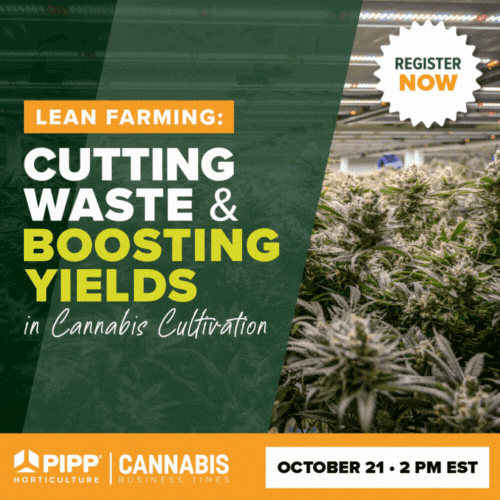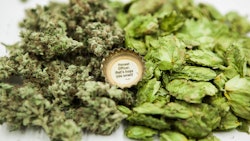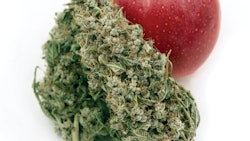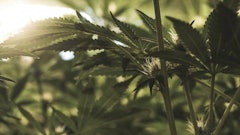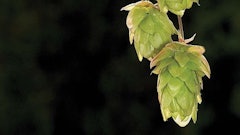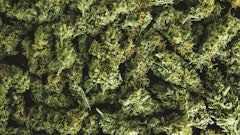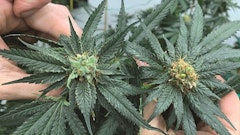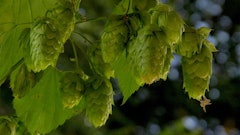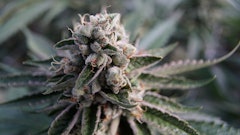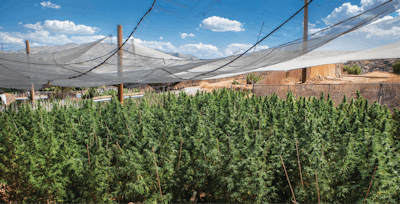
Cannabis products’ selling prices, at both the retail and wholesale levels, are directly related to their quality. Differing production scenarios and levels of success will dictate what products can be made and which consumers will want to buy them.
Most growers set out to produce the highest-quality flowers possible and hope to be rewarded for their efforts with the highest prices. However, many things can go wrong, and even growers with the best intentions can fail. There are no substitutes for careful planning and wizened experience.
When planning your growing operation, be sure to assess your skill levels, identify what your potential markets will be and compare the production parameters of available and affordable infrastructure. There is no sense in trying to grow the highest-quality cannabis flowers if you do not possess adequate skills, enough experience, appropriate growing facilities and a ready market matched to your intended products.
The following are important considerations you should ask yourself before you set out to grow a sinsemilla cannabis crop.
- Do I have the expertise to grow high-quality cannabis flowers?
- Do I have the proper infrastructure/facility to produce high-quality flowers? What are the strengths and weaknesses of my growing location?
- Which cannabis products should I focus on producing?
- Is there a legal retail outlet (or many) nearby to which I can sell directly?
- Will I be obliged to sell to a wholesale supplier (distributor) at a lower price?
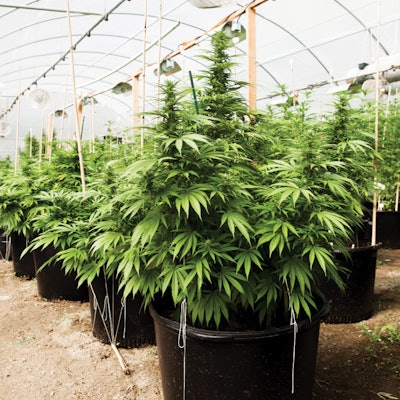
Production Bases and Strategies
Regulated cannabis markets set standards for the quality of your crop and dictate how and where it can be sold. Once a grower has assessed his or her skill levels, it is important to decide where and how to cultivate.
The pros and cons of producing cannabis flower crops from transplanted cuttings—indoors under lights, in a glasshouse, outdoors inside poly tunnels and in the field—are highlighted below.
These comparisons assume that all will go well, and each of the four methods will achieve its maximum productivity, with no pests, no pathogens and no chemical residues. Perfection is hardly ever the outcome—problems can arise, and these different production strategies present trade-offs between product quality and price, production costs and difficulty level.
Indoors
Indoor growing in a controlled environment under artificial light yields pristine, top-quality flowers, resin powders and extracts, but at the highest cost and difficulty. Indoor grows promise full control of the crop, but they are unforgiving of any but the tiniest mistakes. Indoor grows present a huge responsibility best suited to growers with strong aptitudes for applied technology.
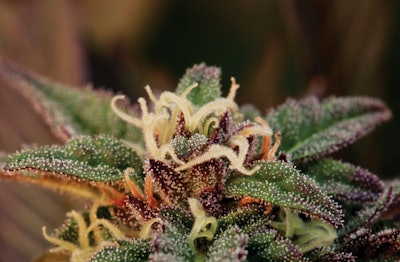
Greenhouses
Greenhouses can produce high-quality flowers and resin powders, as well as medium- to high-quality extracts, but without supplemental lighting, quality and yield can vary widely depending on the season and geographic location. Professional horticultural environments providing nearly complete climate control combined with seasonal lighting can be relatively expensive to build and operate, but offer the added advantages of year-round production, along with ample fresh air exchange and free sunlight, both of which lower operating costs during favorable weather. Greenhouses are also more forgiving of small mistakes than completely artificial grows.
Poly Tunnels/Hoop Houses
Polyethylene plastic tunnels (hoop houses) typically produce medium-quality flowers, medium- to high-quality dry-sieved resin powder and medium-quality extracts at moderate cost, but offer only marginal environmental control. Poly tunnels have few automated controls, can be difficult to reliably darken during flowering cycles, often have high moisture problems, and mismanagement can quickly result in severe mold and mildew problems.
Outdoors
Broad-acre outdoor farming is totally reliant on the whims of the weather, and the vagaries of climate change are making weather patterns increasingly difficult to reliably predict. Some years can be very productive with medium- to high-quality flowers and resultant products, and other years will end in tears. In general, field-grown crops produce a single harvest each year, with higher yields of generally lower-quality flowers, but outdoor growing offers, by far, the least expensive and easiest opportunity to produce flowers for whole plant and isolate extraction. Broad-acre crops usually have few pest and disease problems as long as irrigation is adequate and the sun shines.
No sinsemilla varieties perform best under all growing conditions. No matter whether crops are grown indoors under lights, in a protected greenhouse or poly tunnel, or even outdoors in the natural elements, growers must select varieties matched to their growing conditions and their intended markets. Indoor varieties are often susceptible to pests and pathogens, but the high level of climatic control achieved indoors can ameliorate varietal susceptibilities with cooler temperature and drier air.
Susceptible varieties that may be successfully grown indoors and in high-tech greenhouses are often affected by pests and pathogens when they are grown in poly tunnels with fewer environmental controls and may fail to produce high-quality flowers.
Sometimes varieties that suffer problems indoors may grow better outdoors in natural sunlight and with ample airflow, conditions under which pests and pathogens find it more difficult to survive and reproduce. Outdoor cultivation relies on natural reductions in day-length, and varieties must be photoperiod sensitive in order to mature flowers before autumn weather becomes too cold, slowing plant growth and maturity, or too wet, encouraging the growth of molds and mildews. Good growers pay great attention to variety selection and try to find out which varieties work best for growers with similar environmental conditions.
When growers source suitable high-yielding varieties and can afford a state-of-the-art greenhouse or indoor grow, then they will have the best chance of producing high-quality flowers that will command the best prices. While poly tunnels and open fields allow lower-cost production, both strategies are accompanied by quality compromises.
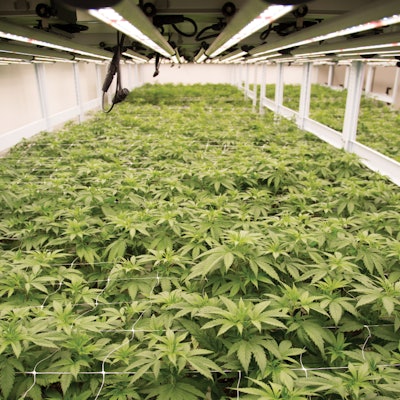
Possible Production Outcomes
Consumers’ ratings of cannabis products are determined primarily by flower quality, and flower quality is dependent on a favorable harvest outcome. Consumers expect flowers to be fresh and covered with shiny resin glands; yet they must be dried sufficiently to facilitate usage and prevent storage problems. Aromas and flavors should be inviting, without an over-riding green vegetable taste or any hints of spoilage.
When things go well, quality and yields will be high. On the other hand, if a grower cultivates the wrong variety, in the wrong location, they may not realize a worthwhile harvest. The five generalized scenarios for various levels of success outlined below present prospective cannabis growers with a range of possible outcomes, from best to worst.
Grade A Flowers: If everything proceeds according to plan, all grower and consumer expectations should be satisfied. Grade A flowers should be pristine, as if they are still growing. When a grower maintains excellent climate control, with no pests or pathogens threatening the crop, the yield and quality of flowers will be highest. Pristine sinsemilla flowers, full-melt resin powders and top-quality essential oil extracts command the highest prices at high-end sales points, and a Grade A outcome can be highly profitable. However, only the best grows and growers achieve such lofty results.
Grade B Flowers: More commonly, growers encounter a minimum of problems and still end with a good result. Production control is tight, pest problems remain minimal, and yields of good-quality flowers are still high. These flowers lose some luster and are often not trimmed so carefully, but they still retain most of their characteristic aromas. Grade B sinsemilla flowers, partial-melt resin powders, and excellent extracts are attractive to mid-price retail selling points, and profits should be relatively high.
Grade C Flowers: When little goes according to plan, quality will be compromised, but an acceptable result can sometimes still be achieved. Lax production control often leads to pest problems that lower both quality and yield. Pest prevention is all about being around the crop frequently and actively looking for potential problems. Once a pest problem becomes obvious, it is usually already out of control. Nutrient problems can be much the same if ignored, but can often be corrected if noticed early on. Good growers expect to encounter problems, find them early in the crop cycle, and solve them immediately.
Medium-quality flowers and resin powders receive a low price upon retail sale and are often used for making hydrocarbon or CO2 extracts suitable for use by edible and vape pen companies. Average grows often break even.
Grade D Flowers: When temperature and humidity are too high, pest problems often rage out of control, and the resultant quality and yield will be very low. Low-quality flowers find their way into the wholesale supply chain, feeding extracts production by low-quality edibles and vape pen cartridge companies, as well as the illicit market. Grade D grows usually lose money.
Grade F Flowers: The lowest-quality flowers will not pass biological contaminant and/or chemical residue tests. Pests and pathogens take over, and in a vain effort to avoid total crop failure, desperate growers may resort to misusing unapproved pesticides.
The quality is often too low for entry into the legal cannabis market, but what little can be salvaged may still be used for low-grade extracts that are also sold illegally. Until cannabis markets normalize, and the present-day prohibition price structure is finally gone, diversion of tainted products to the illicit market will continue to pose potential problems.
The outcome of a cannabis growing operation is based primarily on the quality of the growing space and crop management by an experienced grower. It is nearly impossible to produce the highest grades of flowers without the correct infrastructure, but even state-of-the-art grow rooms and greenhouses will produce inferior flowers if the grower lacks experience or loses focus. Securing contracts with viable purchasers can also present hurdles, and it often proves easier to grow good cannabis than to sell it. Flower quality will become even more important as competition between producers and between sellers continues to increase. Judging commitment, assessing skill levels, choosing a manageable growing facility, selecting a suitable variety, and identifying markets are all key elements for achieving success.

